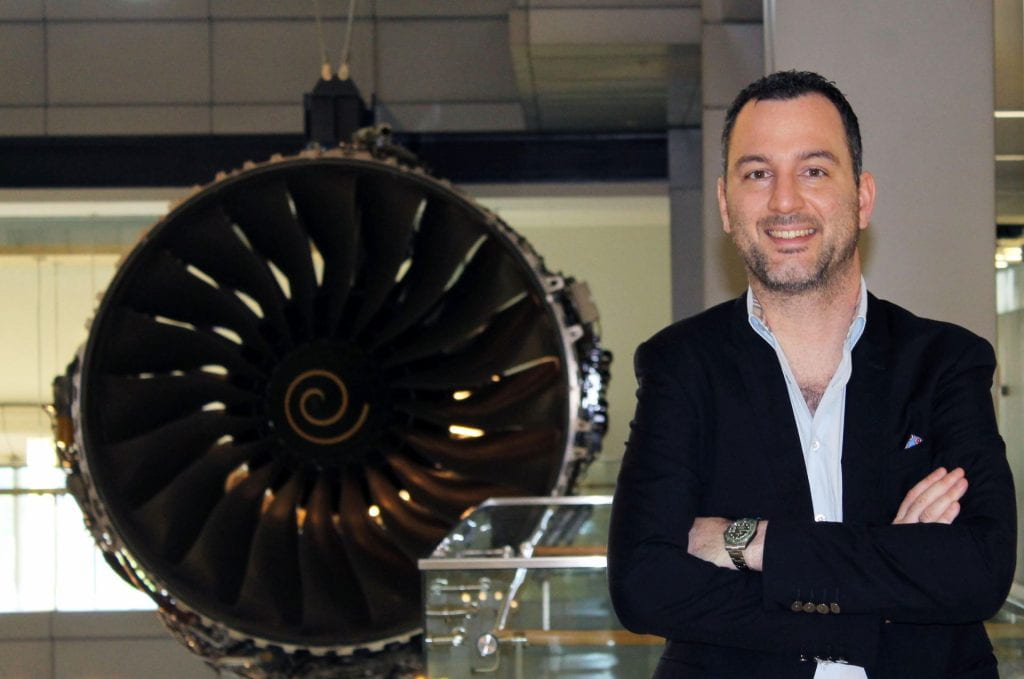AI-based Algorithms to Help AAM Vehicles Operate in Highly Dynamic, Uncertain Environments
By Anne Wainscott-Sargent
The future world of autonomous vertical lift aircraft operating over cities requires more advanced air traffic control capabilities to safely navigate the vehicles in a crowded lower-altitude airspace.
Georgia Tech is designing secure motion planning algorithms that use Artificial Intelligence (AI) to operate effectively in dynamic, unknown environments. The project’s goal is to develop more robust human-machine decision-making systems for increasingly autonomous traffic management. The team hopes to ensure safe, secure and robust integration of autonomous vehicles into a UAM-tailored transportation infrastructure while complying with existing commercial and civil air transportation safety standards.

“The problem of motion planning and navigation is a core topic in robotics and autonomous vehicles, as the majority of robotic applications require safe path planning and obstacle avoidance,” notes Kyriakos Vamvoudakis, the Dutton-Ducoffe Endowed Professor at Georgia Tech’s Daniel Guggenheim School of Aerospace Engineering. “Ideally, a solution to this problem considers collision-free navigation in dynamic environments, computationally affordable algorithms for real-time implementation, and optimal control strategies.”
The work, part of a NASA University Leadership Initiative (ULI) for Secure and Safe Assured Autonomy, is focused on giving unmanned Advanced Air Mobility (AAM) aircraft the ability to navigate around buildings and each other.
The four-year, $8 million project is led by North Carolina Agricultural and Technical State University and includes collaborators from Georgia Tech, Purdue University, Aurora Flight Sciences, Alaka’i Technologies Corporation, General Atomics Aeronautical Systems and Northrop Grumman Corporation.
Going from 2D to 3D Space
A key challenge was going from two-dimensional to three-dimensional space, says the Georgia Tech expert.
“The problem was challenging because we had to shift from 2D to three-dimensional space of a AAM environment. “It was not straightforward to move to a 3D model and develop all these algorithms. We had to adapt our strategies on the go.”
“When we use AI, everything can happen in real time and then it can work in environments that our algorithm was not trained for. The landscape and nature and all these obstacles are discovered in real time, so we can always adapt to these unseen circumstances,” explains Vamvoudakis. “As new environments and new attacks appear, these autonomous frameworks based on AI will help us navigate that.”
Designing for Uncertainty, including Against Cyber Threats
Vamvoudakis observes that the mass of these vehicles can change on the fly and that can cause the physics of the systems to change, too.
By 2024, Vamvoudakis hopes to see Georgia Tech’s algorithms flying on an AAM vehicle. A Boeing company, Aurora Flight Sciences develops cutting-edge technologies for the future of flight, including “integrating global mobility into the national airspace,” he says.
This required the team to incorporate uncertainty into the algorithms to better adapt to events such as wind gusts, or even a cyberattack on a sensor or actuator that measures the environment. The framework can differentiate between these disturbances.
In fact, the system features five actuators, which can switch at unpredictable times so “the attacker doesn’t know what to attack.” Detection mechanisms isolate the components suspected to be under attack.
The aerospace engineering team is collaborating with Georgia Tech’s Electrical and Computer Engineering department to test the framework on their drones; the system next will fly in Aurora Flight Systems’ flight simulator in Cambridge, Mass.
